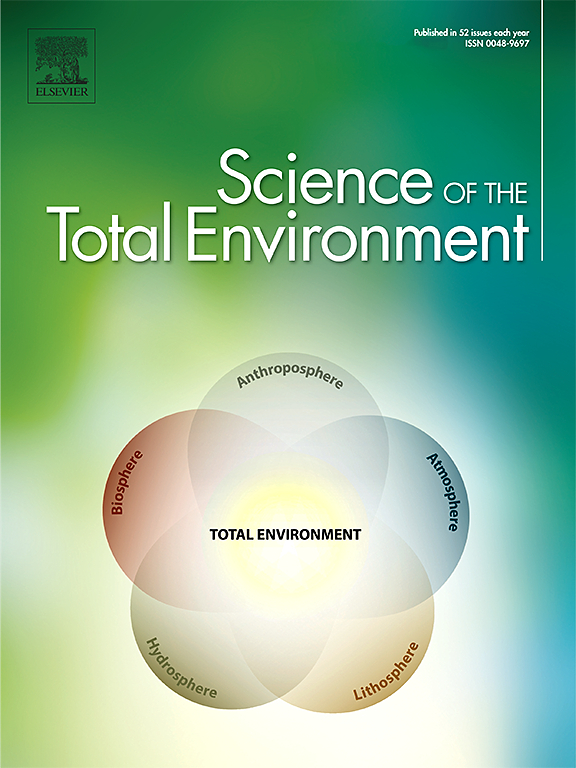Effects of grazing and enclosure management on soil physical and chemical properties vary with aridity in China's drylands
Zhou, Wenxin , Li, Changjia , Wang, Shuai , Ren, Zhuobing , Stringer, Lindsay C
2023-06-15 null null 877(卷), null(期), (null页)
Dryland soils are nutrient-poor and prone to degradation due to aridity, grazing and enclosure. It is essential to exam-ine the effects of grazing and enclosure on aridity-induced soil degradation in dryland ecosystems to optimize land management practices in response to climate change. However, quantitative evaluation on this topic is scarce due to a lack of long-term field monitoring data. This study evaluated the combined effects of aridity and grazing/enclosure using long-term data (2005-2015) from three research stations on soil physical and chemical properties in typical steppes and desert steppes across the semi-arid and hyper-arid areas of China's drylands. Results showed that soil or-ganic matter (OM) content was higher for enclosures (20.50 g/kg) than for grazing (19.06 g/kg). In the semi-arid steppe, enclosures aged 30-33 years had the highest soil total nitrogen (TN) content (1.21 g/kg). Longer enclosures aged 34-36 years showed decreased soil TN content (0.88 g/kg). In the desert steppe, enclosures aged 5-8 years ex-hibited the highest soil OM (2.44 g/kg) and TN (0.21 g/kg) contents. Grazing enhanced the decrease of OM content (from 4.57 to 2.39 g/kg) with increasing aridity (1 - aridity index) from 0.35 to 1. These findings indicate that enclo-sures can improve soil fertility, but prolonged enclosures may have negative effects. Grazing had a synergistic effect on the decrease of OM with aridity. Results can be used in response to climate changes to formulate sustainable land man-agement strategies, such as reducing the enclosure period in wetter and restored areas, and diminishing the grazing intensity in areas with higher aridity.
相关推荐
- RETRACTION: A semi-arid climate's use of exploratory data analysis (EDA) as a reliable non-parametric method for geochemical mapping [2023-06-15]
- RETRACTED: A semi-arid climate's use of exploratory data analysis (EDA) as a reliable non-parametric method for geochemical mapping (Retracted article. See vol. 265, 2025) [2023-06-15]
- Locating Hydrologically Unsustainable Areas for Supporting Ecological Restoration in China's Drylands [2023-06-15]
- Spatio-Temporal Dynamics of Aboveground Biomass in China's Oasis Grasslands Between 1989 and 2021 [2023-06-15]
- Distinguishing Trajectories and Drivers of Vegetated Ecosystems in China's Loess Plateau [2023-06-15]



